Birth Control
How can I prevent pregnancy?

Not ready to get pregnant? Too many birth control options have you feeling overwhelmed? How you prevent pregnancy is up to you.
There are many safe, reliable options for birth control. At Hope Clinic, we can help guide you to find the right Birth Control for you.* Schedule a birth control consultation today.
*We do not prescribe birth control but we can give you important information to make an informed decision.
Discover the form of birth control that’s right for you.
There are hundreds of types of birth control available. Learn more about them below.

The Pill
The Pill is a daily medication used to prevent pregnancy. It works by releasing the hormone progestin into your body, thickening cervical mucus so eggs cannot be fertilized. It also thins the lining of your uterus, causing periods to lighten or stop completely. Ask your healthcare provider which brand of birth control pills is right for you.

The Shot
Depo-Provera® is a birth control injection. It contains the hormone progestin. This hormone thickens the cervical mucus, preventing fertilization. It also thins the lining of the uterus, causing periods to lighten or stop completely. It must be prescribed and administered by a healthcare provider every 12 weeks (3 months) to maintain protection.
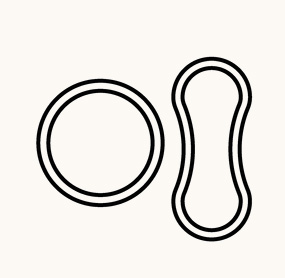
The Ring
The Ring is a soft, flexible ring inserted into the vagina to prevent pregnancy. It works by releasing the hormones estrogen and progestin into your body, thickening cervical mucus so eggs cannot be fertilized. The ring is inserted for three weeks at a time, taking a one-week break in between.

The Patch
The Patch is a hormone-infused patch to prevent pregnancy. It works by releasing the hormones estrogen and progestin into your body, thickening cervical mucus so eggs cannot be fertilized. The patch is kept on for three weeks at a time, taking a one-week break in between.

The Implant
The Implant is a small, matchstick-sized rod that is surgically inserted into your arm. It provides the hormone progestin and is to be removed or replaced after three years of use. Only a healthcare professional can insert or remove the implant.
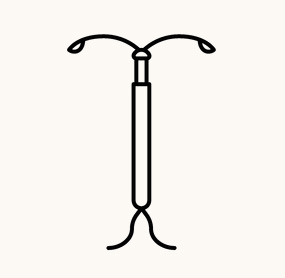
The IUD
The IUD, (IntraUterine Device) is a T-shaped medical device that is inserted into the uterus to prevent pregnancy. There are two different types of IUD, hormonal, and non-hormonal. The hormonal IUD releases progestin into your body, thinning the walls of the uterus and thickening cervical mucus. The non-hormonal IUD is made of copper, which keeps sperm from fertilizing eggs. Once inserted, IUD can be used for three to ten years. Ask your healthcare provider which IUD is right for you.

Male Condom
The male condom is a latex, lambskin, or plastic covering used to create a barrier between the penis and vagina. The condom is inserted over the erect penis and catches sperm during sexual intercourse. The condom is one of the only forms of birth control that helps prevent the transmission of STD/STI’s.
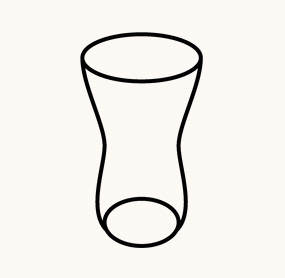
Female Condom
The female condom is a flexible latex, lambskin, or plastic tube that is inserted into the vagina to block sperm from entering the cervix. Two flexible rings on either end of the female condom hold the device in place during sexual intercourse. This condom also helps prevent the transmission of STD/STI’s.
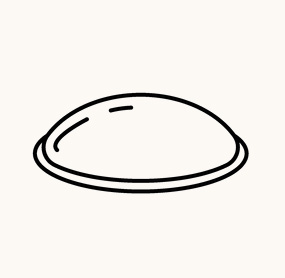
The Diaphragm
The Diaphragm is a flexible, dome-shaped plastic device that covers the cervix, and prevents sperm from traveling up into the uterus. Diaphragms should be used in conjunction with a spermicide to further prevent pregnancy.

The Sponge
The sponge is a small, donut-shaped device that contains spermicide. It acts as a barrier between sperm and your cervix. While the sponge is inserted, it releases the spermicide before, and after you have sex.
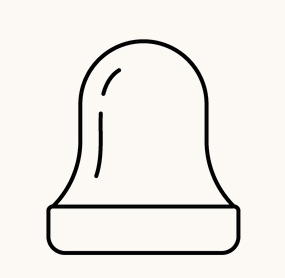
The Cervical Cap
The Cervical Cap is made out of soft rubber or silicone that fits directly over your cervix. It works by paralyzing sperm, and preventing them from entering the cervix. Cervical caps should be used in conjunction with a spermicide to further protect against pregnancy.
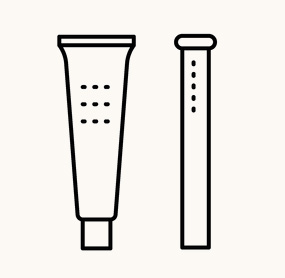
Spermicide
Spermicide is a gel or cream that is used in conjunction with a barrier method of birth control to prevent pregnancy. Spermicide paralyzes or damages sperm cells so they can’t swim up to fertilize an egg. Spermicide does not prevent the transmission of STD/STIs.

Salpingectomy
This permanent medical procedure is where a surgeon will remove your fallopian tubes. Also called “sterilization”, this procedure will permanently remove your ability to have children. This procedure also puts women at risk for an ectopic pregnancy, a life-threatening condition.

Tubal Ligation
This medical procedure is where a surgeon will block or tie off your fallopian tubes, preventing eggs from reaching the uterus for fertilization. This procedure also puts women at risk for an ectopic pregnancy, a life-threatening condition.

The content on this page has been reviewed and approved by our Medical Director Dr. Jennifer Bailey.

